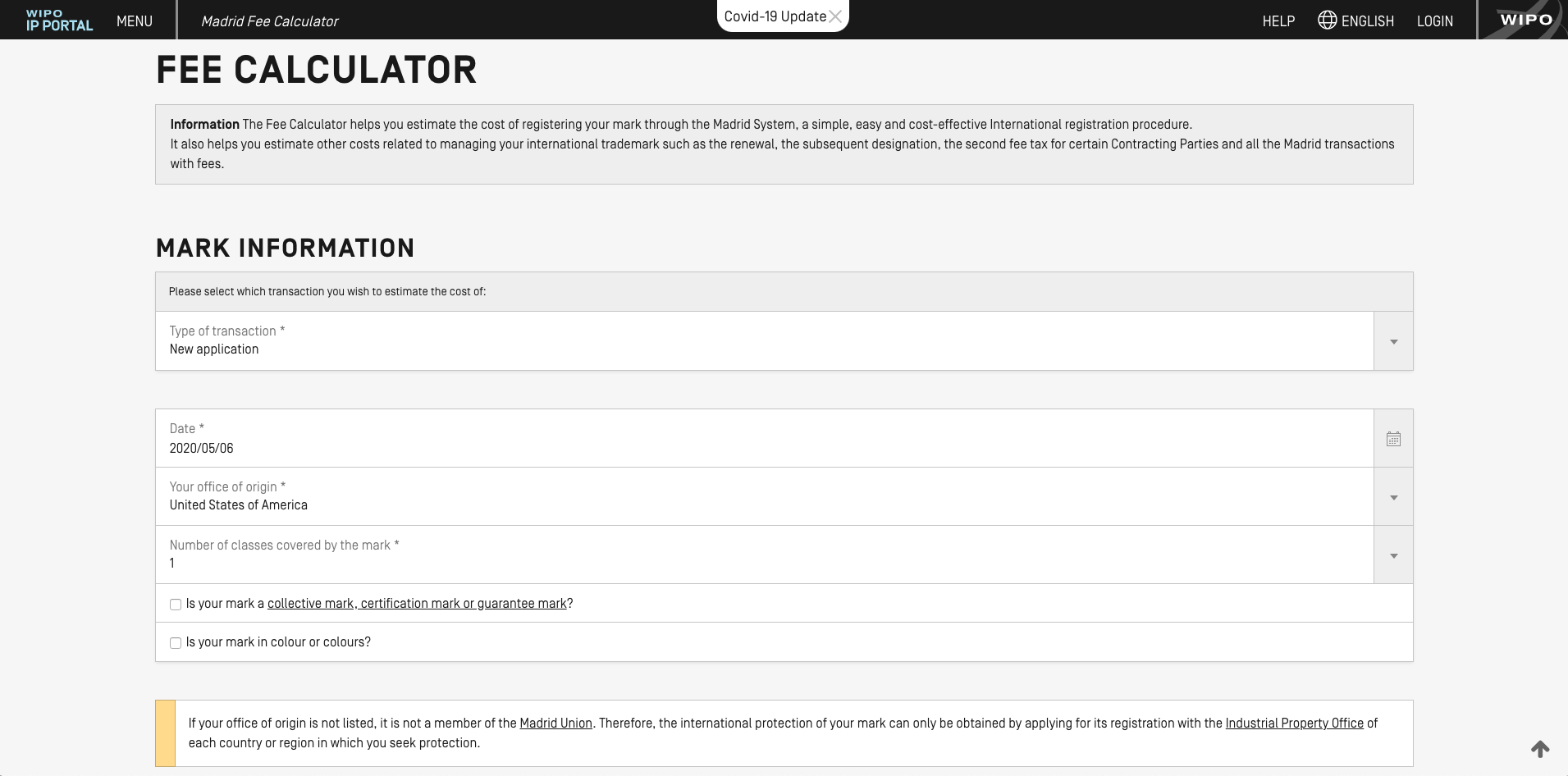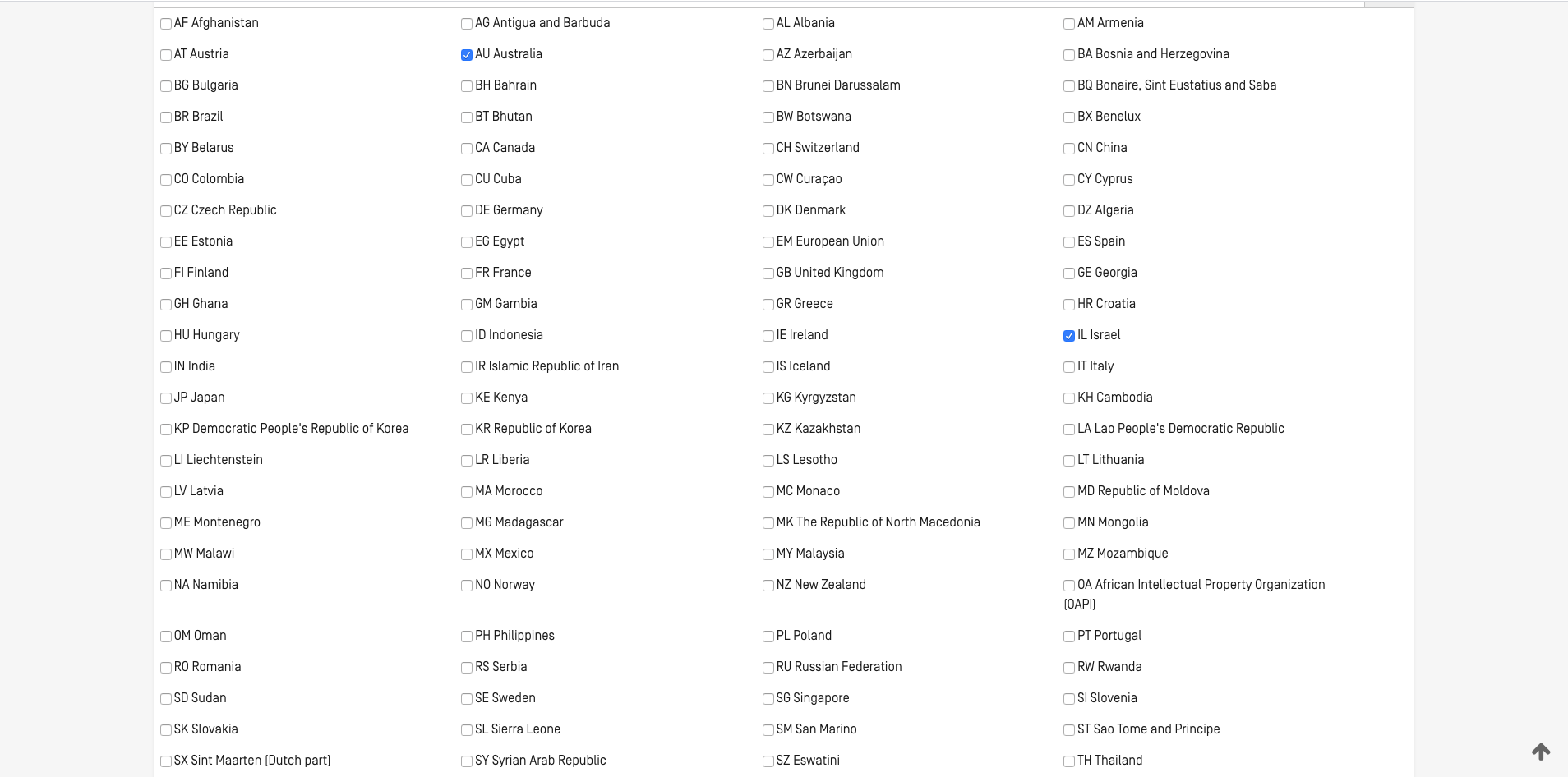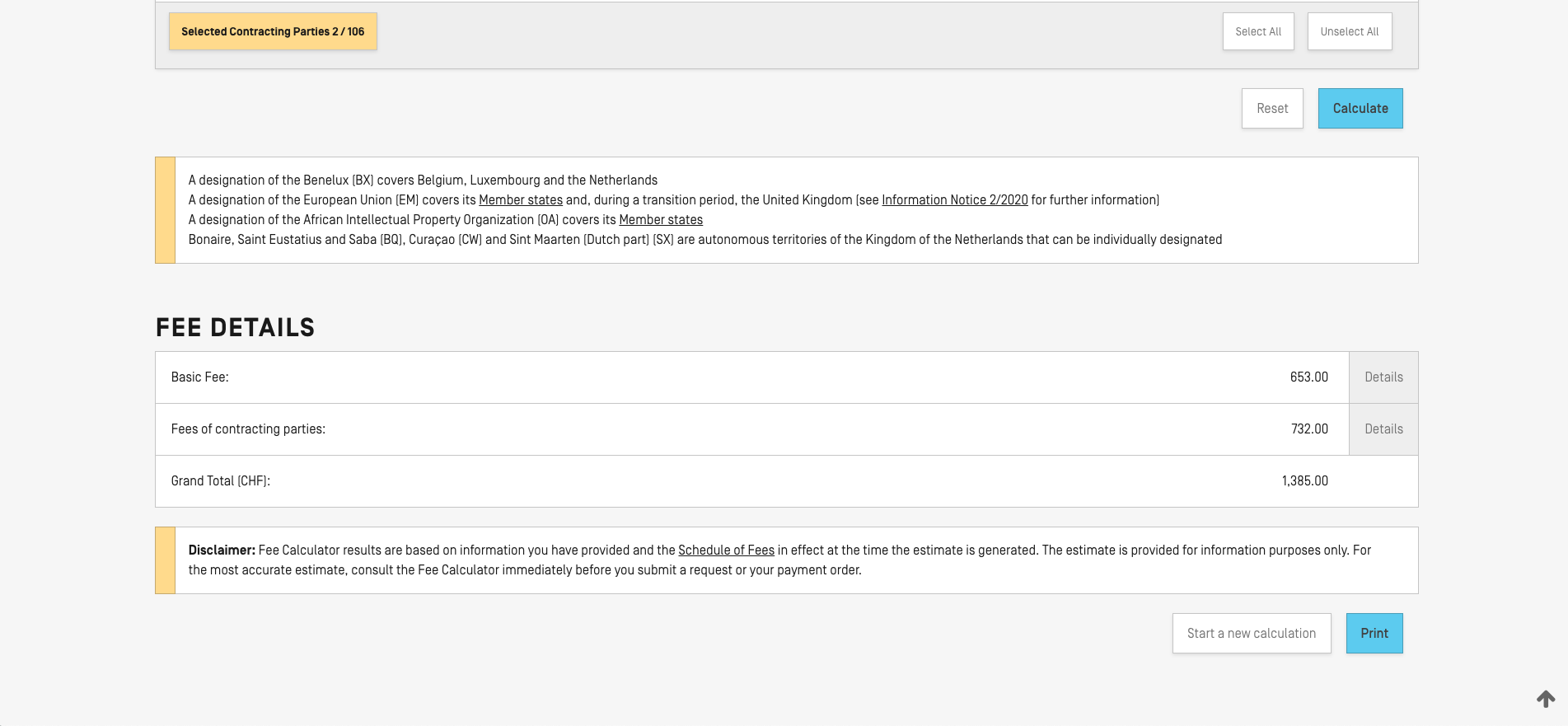MITIGATE COMMON PROBLEMS ASSOCIATED WITH FILING AN INTERNATIONAL TRADEMARK WITH THE MADRID PROTOCOL
To recap, the “Madrid Protocol” is a globally utilized system of filing that permits Protocol members to submit filings in more than one jurisdiction through a centralized process.
The Protocol system frequently costs less and proves simpler to use than the experience of filing in each country one by one. That said, an array of issues can arise with which a Madrid Protocol applicant may grapple. This is especially true when this applicant seeks to expand protection within the United States.
Several of these concerns may make themselves known during the application process itself. These include issues centering around the likelihood of confusion, as well as concerns over ownership and identification.
Still, other problems may surface after the granting of registration, including renewal timeframes and abandonment problems.
When an applicant properly makes use of the Madrid Protocol, and when he or she fully understands U.S. trademark law, the applicant (i.e. owners of trademarks from abroad) can more effectively establish a brand in America.
Here’s a brief work-through in circumventing a refusal of an application for a U.S. trademark by way of the Madrid Protocol system.
Correctly identify the trademark’s owner when completing a Madrid Protocol application.
More often than not, Madrid Protocol applications are hampered by a failure to include complete information regarding trademark ownership as entered into the filing.
During the filing of a Madrid Protocol, the legal representative who handles the form must take care to correctly insert every detail of the information surrounding ownership.
A high volume of refusals of Madrid Protocol filings occurs merely because the ownership information was incorrectly completed.
When submitting an International Trademark, the applicant is required to include the following information:
- the state or country of the applying entity
- the citizenship of the applying entity
- the owner’s full name
- the type of entity (if the owner qualifies as an organization)
- a mailing address
If the information is incorrect or fundamentally incongruent with the US base-application, it will very likely be rejected. A Madrid Protocol refusal from the USTPO centering around ownership issues would read similar to this example:
“INDEFINITE ENTITY INFORMATION – CLARIFICATION REQUIRED”
Be sure that the “goods and services” mentioned in a Madrid Protocol filing are not too broad in scope.
Again, please remember, International Trademark Applications are based upon pre-filed base-country applications. If the Goods/Services now listed in the International Trademark are decidedly different from the Goods/Services listed in the base-country trademark application (submitted to the USPTO), the application will very likely be rejected.
For example, if the International Trademark application expands the scope of the goods/services in such a way as to grab coverage that is truly beyond what the base-country granted in the original application, the trademark application will be rejected. This is
The United States Patent and Trademark Office (USPTO) mandates that the specification of services be limited, clear, and specific and the USTPO notoriously applies a standard far more rigorous than that of the majority of countries elsewhere around the globe.
Because of this, an application’s identification of goods or services must be streamlined for U.S. trademark approval, even if a broader range of goods and services may pass muster in your country of origin.
US Trademark Applications which rely on Intent-to-Use 1(b) must continuously satisfy the 1(b) requirements
In the event that an International Trademark application is based upon a US Application that is a 1(b), Intent-to-Use, it is critical that the Applicant continues to make a good faith effort to use the mark in commerce for all of the listed Classes and associated goods/services. If the applicant is derelict in this duty, the International Trademark application, which as we know is based on the US Application, may run into some problems (“lack of bona fide intent to use the mark in U.S. commerce, etc.”)
Ensure your International Trademark will not Trigger a Likelihood of Confusion rejection based on an existing trademark application in the foreign-country
Remember, the crux of trademark law is the avoidance of Consumer Confusion. Trademarks must, therefore, be sufficiently distinct vis-à-vis the goods/services listed in the application AND may not be too similar to existing trademarks. Please be sure to conduct a trademark search of the foreign country’s trademark office and vet your prospective trademark against what already exists. To conduct this Likelihood of Confusion analysis, consider both the similarity between the marks and equally important, the similarity of the associated goods/services.
Maintain use of the Base-Country’s Trademark
This cannot be stressed enough – the success of the International Trademark is tied to the continued viability of the base country’s trademark. If the base country’s trademark is abandoned, the International Trademark may be subject to cancellation. How can a US trademark go abandoned? A number of different ways. If the mark has not been used in commerce for three consecutive years post-registration, the mark is considered officially “Abandoned”. Similarly, trademarks can go abandoned if they have not been renewed and/or if they have been subjected to a cancellation proceeding in TTAB.
Renew Renew Renew your International Trademark!
From the moment the mark has been recorded in the International Register, the trademark is valid for a period of ten years. Under the Madrid Protocol, the trademark may be renewed either before the ten year period is up or within six months of the expiration of the 10 year period (considered a “grace period”). The fees associated with the renewal process may vary according to the which countries have been assigned in the application but no matter what, the applicant will have to pay the base fee of 653 Swiss Francs.




